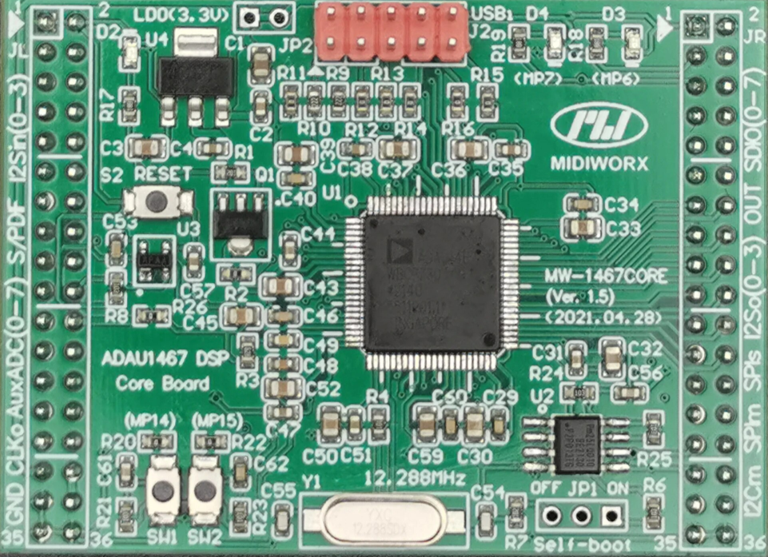Month: April 2023
-

April 16, 2023
Finally, some progress with the ADAU1466… There are quite a few software differences between the ADAU1701 and the ADAU1466, so I expected a long and difficult effort to update my ADAU1701 library files for the newer DSP. However, it really wasn’t too difficult, and the problems I ran into were from unexpected differences and some…